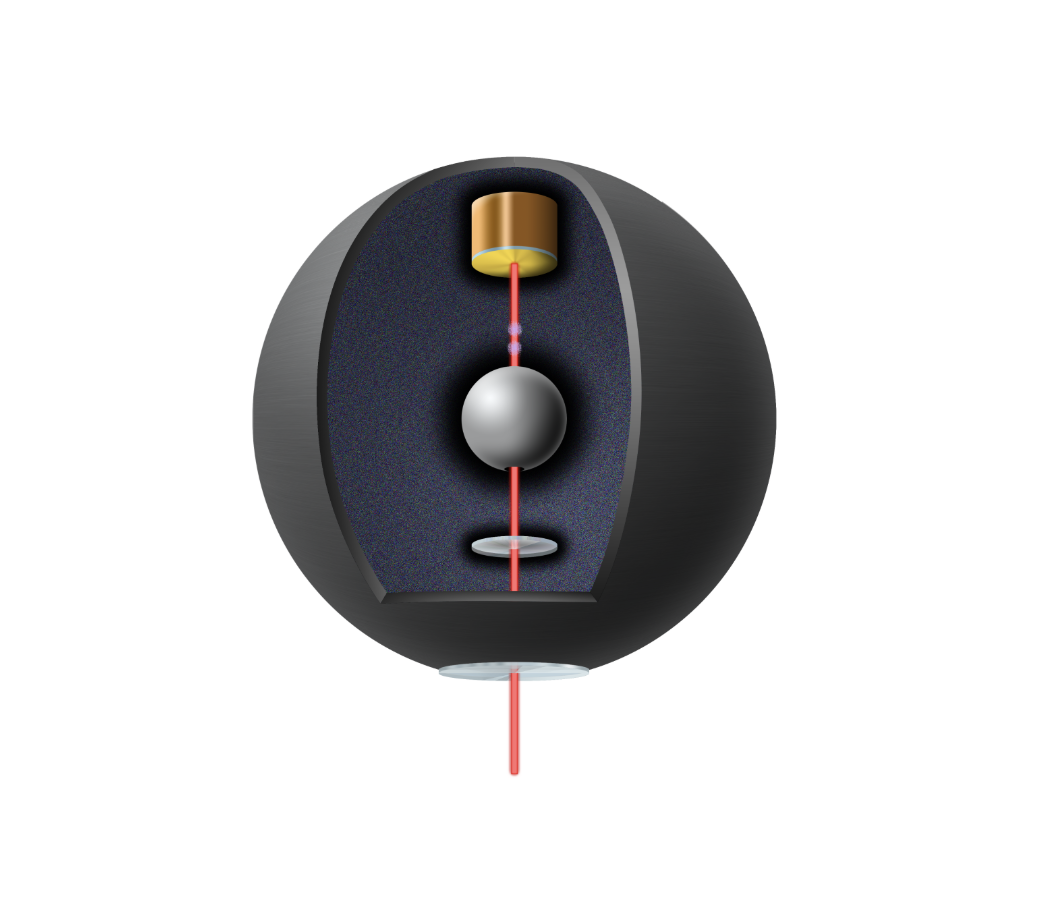Einstein’s theory of general relativity, which describes gravity as a curvature of space-time, explains a multitude of gravitational phenomena.
But that theory falls apart within the tiniest of volumes – the center of a black hole or the universe at its explosive birth, when it was smaller than the diameter of an atom. That’s where quantum mechanics ought to dominate – yet over the past eight decades, expert after expert has been unable to unite quantum theory with gravity.
Now, researchers at Berkeley Lab and the National Institute of Standards and Technology (NIST) have now proposed an experiment that may settle the persistent question: Is gravity truly a quantum force? They recently described their work in the journal Physical Review X Quantum.
The experiment was proposed by Daniel Carney, a physicist in Berkeley Lab’s Physics Division; Holger Mueller, an associate professor of physics at UC Berkeley and faculty scientist in Berkeley Lab’s Molecular Biophysics and Integrated Bioimaging Division; and Jake Taylor of NIST’s Joint Quantum Institute. The scheme employs a cold cloud of atoms, trapped inside an atomic interferometer, to test if two massive bodies can indeed become entangled by gravity.
This Science Snapshot appeared in the Berkeley Lab News Center.




